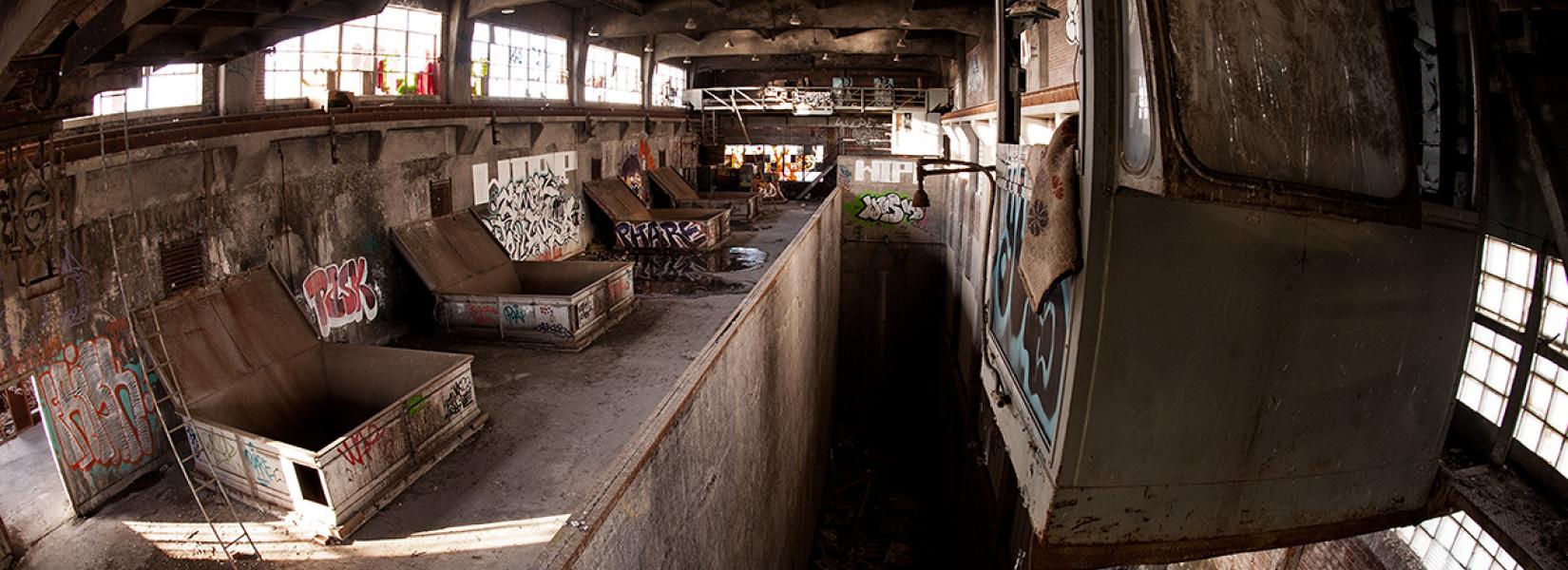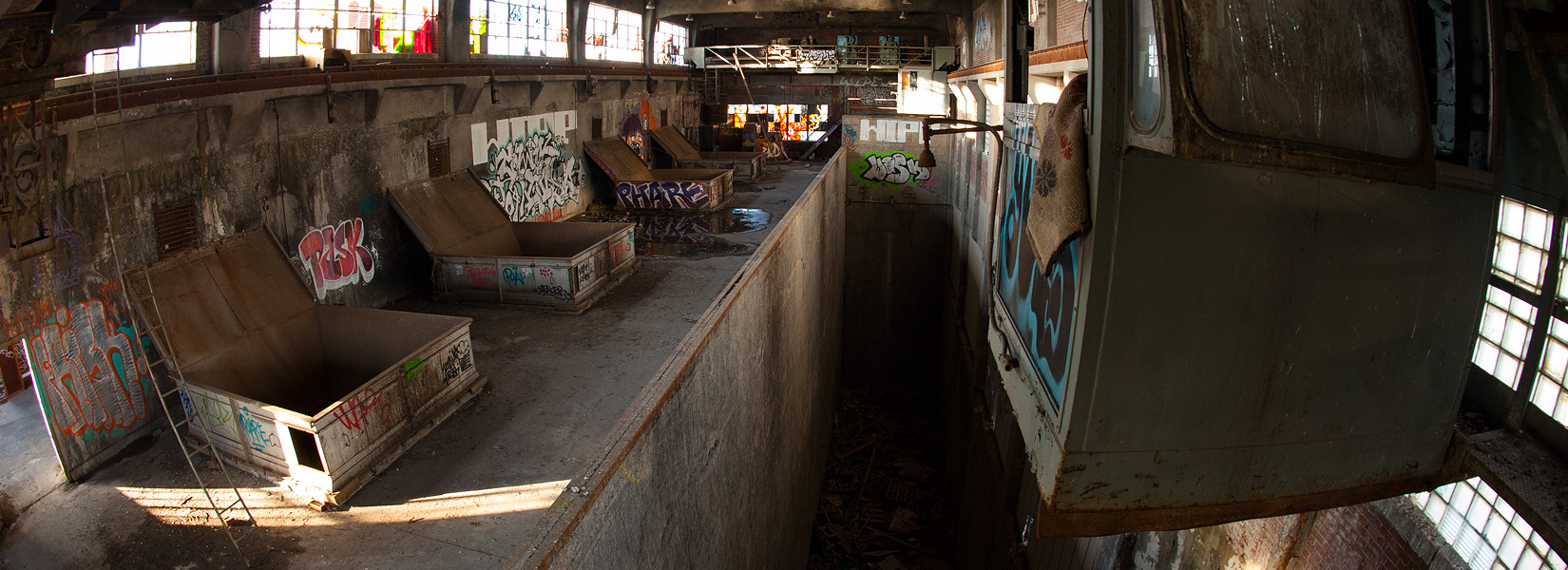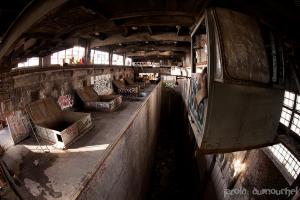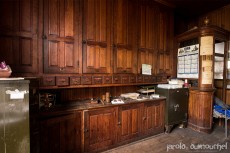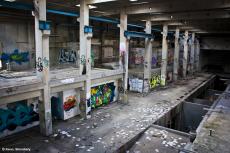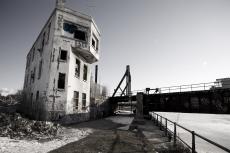This is the story of the saw manufacturing industry where methods have not changed for decades. The result is this building that has certainly been enlarged over the years, but the interior has retained its old-fashioned charm. You should know...
The Dickson incinerator in Montreal
The pollution plant
Built in 1954, the Dickson incinerator was, at the time, the most modern one in North America. It was built to replace these old incinerators where horses were used for harvesting waste.
In the 1920s, the city of Montreal was struggling with dumps that gave off strong emanations, sources of diseases of any kind. That explains why at the end of the decade, it was decided to build a first incinerator at the corner of Papineau and des Carrières Street and a second on Atwater Street.
But, with the advent of the first garbage dumpsters, the existing facilities became obsolete and a new incinerator was required. In 1954 began the construction of the new incinerators on Dickson Street and Royal mount avenue (the latter has been destroyed.) The unloading platforms were located above street level to facilitate the unloading of trucks and allow the discharge of waste directly into large pits. Also, the exterior routes to access the platforms were heated to prevent ice formation during winter and all operations were mechanized and dry waste was organized to burn without fuel. The heat emitted by combustion was recovered and used to heat municipal buildings nearby.
The Dickson incinerator was equipped with two chimneys and represented, at the time, a gem in waste management technology. However, as this source of pollution was too large, it was responsible for the degradation of the air in the area. The authorities decided to cease all activities in 1978.
Sources:
- Wikipedia (french)
- Heritage of the city of Montreal (french)
Related content
I was asked to photograph it (legally) by the Trust group thats restoring the island,which was a life long dream of mine.
The history of the island began in 1900 when Francis Bannerman purchased the island. Located in the Hudson River near...
Normally on Easter Sunday one spends time his or her family, however on this particular Easter a friend and I decided to wake up early and do some Urban Exploration.
What is great about living in Germany is that there are several abandoned...
Built in 1930, the Wellington tower has ceased operations in 2000. Despite the years that have passed and graffiti artists who came to express their art, the structure of the old tower is still ok. When it was in operation, that's where that were...

